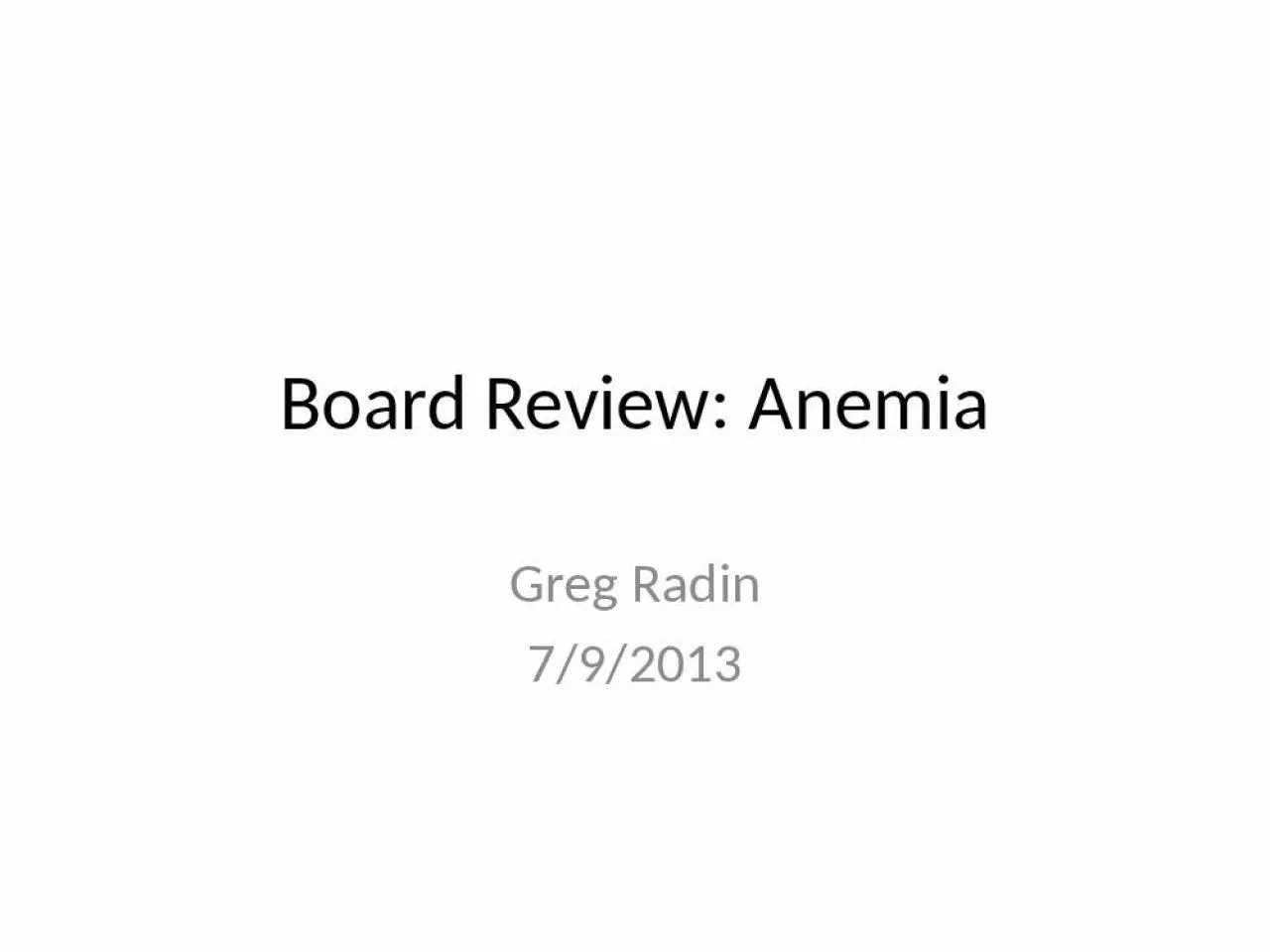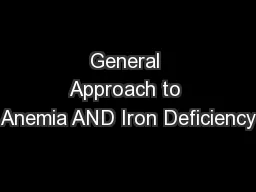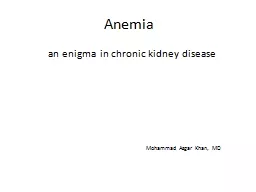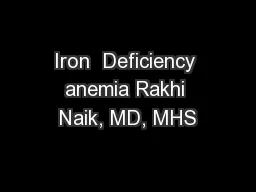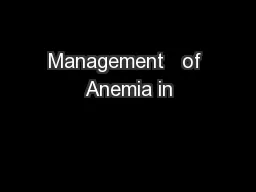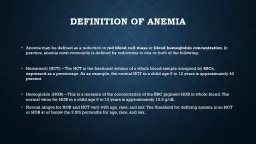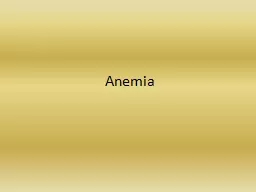PPT-Board Review: Anemia Greg
Author : jovita | Published Date : 2022-02-14
Radin 792013 Anemia Definition Insufficient erythrocytes to carry O2 to peripheral tissues Symptoms Tachycardia DOE decreased exercise tol pallor depend on severity
Presentation Embed Code
Download Presentation
Download Presentation The PPT/PDF document "Board Review: Anemia Greg" is the property of its rightful owner. Permission is granted to download and print the materials on this website for personal, non-commercial use only, and to display it on your personal computer provided you do not modify the materials and that you retain all copyright notices contained in the materials. By downloading content from our website, you accept the terms of this agreement.
Board Review: Anemia Greg: Transcript
Download Rules Of Document
"Board Review: Anemia Greg"The content belongs to its owner. You may download and print it for personal use, without modification, and keep all copyright notices. By downloading, you agree to these terms.
Related Documents

